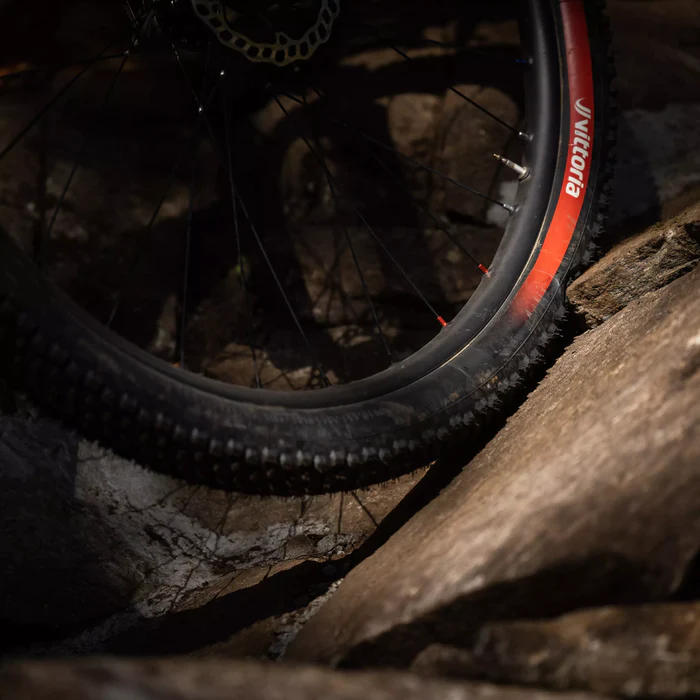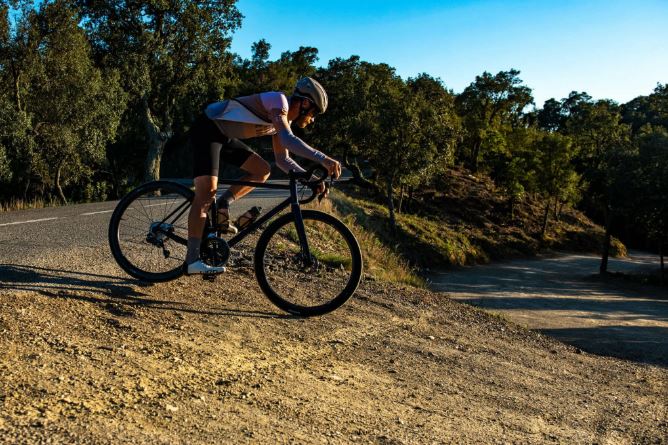Seasonal Tire Choices for Cross Country Biking
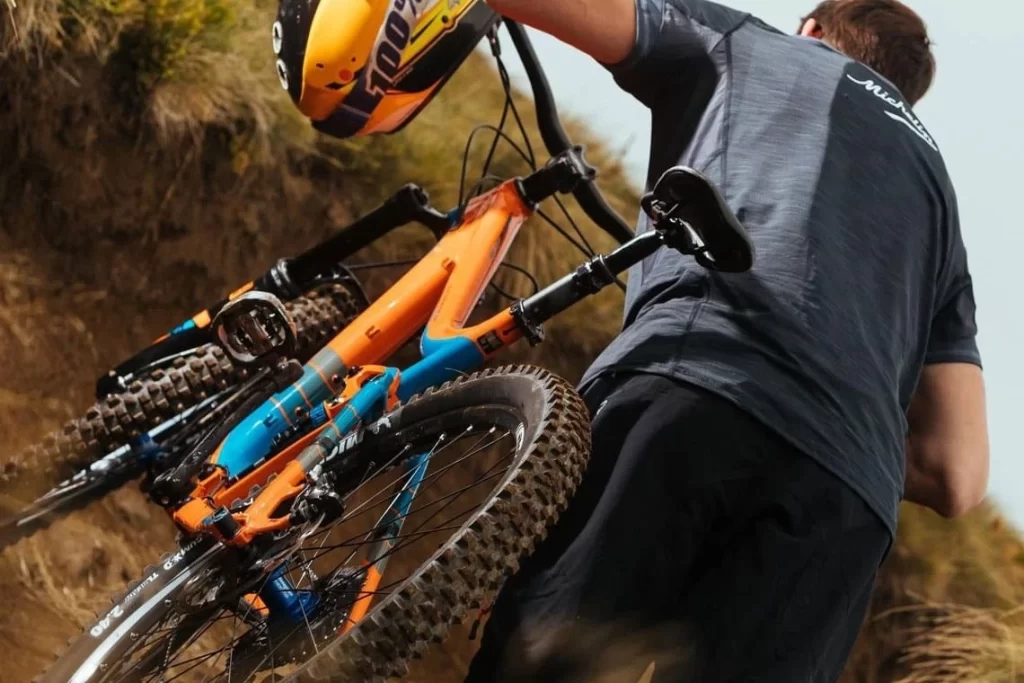
Key Point Summary of Seasonal Tire Choices for Cross Country Biking:
- Seasonal Tires enhance performance and safety in varying weather conditions.
- Cross Country Biking demands tires that can adapt to changes in terrain and weather, from dry summer trails to wet, muddy conditions in spring and autumn.
- Weather Adaptability in tire selection ensures optimal grip, control, and riding confidence throughout the year.
As someone deeply immersed in the cycling world, transitioning through various biking disciplines, I’ve learned that the right tire can make a significant difference in your ride, especially in cross-country (XC) biking. The changing seasons bring varied conditions that can challenge even the most experienced cyclists. Adapting your tire choice to the season is crucial for maximizing performance, safety, and enjoyment on the trails.
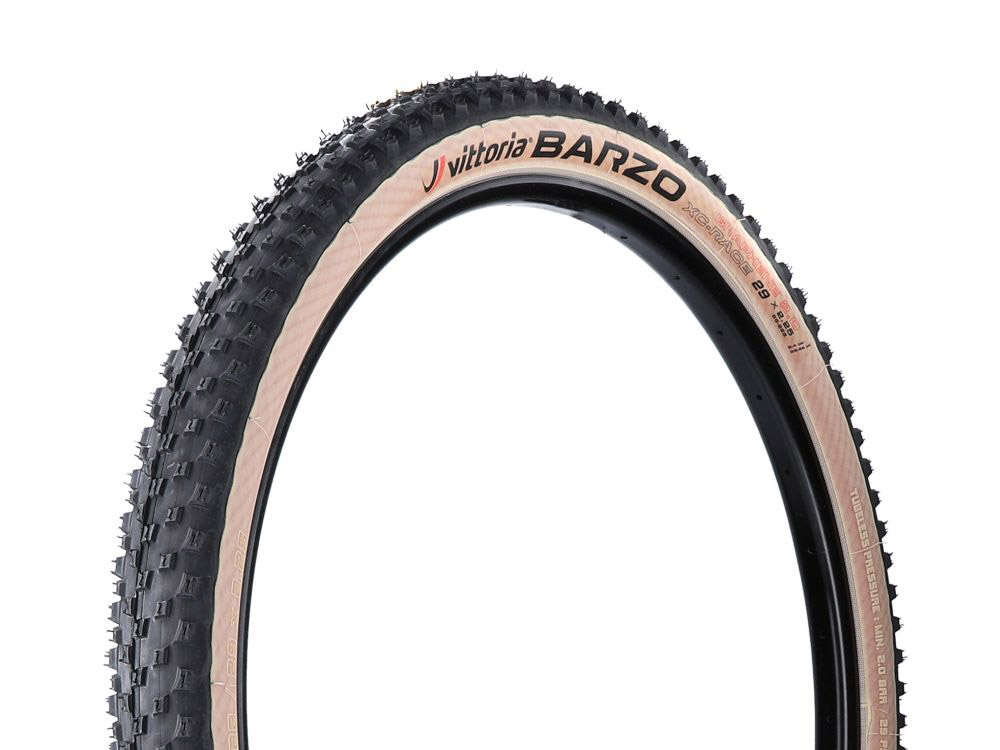
Understanding Seasonal Tire Needs
Each season presents unique challenges for XC biking:
- Spring: Often wet and muddy, requiring tires with aggressive tread patterns for mud shedding and grip.
- Summer: Dry and hard-packed trails call for tires with lower rolling resistance and smaller knobs to maintain speed.
- Autumn: Similar to spring, with potentially wet and slippery conditions necessitating tires that offer good mud clearance and grip.
- Winter: Depending on your region, winter might require tires with spikes for ice or wider tires for snow.
Selecting the Right Tires
The key to seasonal tire selection lies in understanding the specific demands of each period:
- For Wet and Muddy Conditions: Look for tires with wide-spaced, aggressive knobs that can dig into the mud and clear quickly to prevent buildup.
- For Dry and Hard-Packed Conditions: Choose tires with a denser tread pattern and lower profile knobs to reduce rolling resistance and enhance speed.
- For Snow and Ice: Studded tires or wider, low-pressure tires can provide the necessary traction and stability in snowy or icy conditions.
Weather Adaptability
Adaptability doesn’t just mean swapping tires with the seasons; it also means adjusting tire pressure based on conditions. Lower pressures can offer better grip in wet conditions by increasing the tire’s contact patch, while higher pressures might be beneficial in dry, fast conditions to reduce rolling resistance.
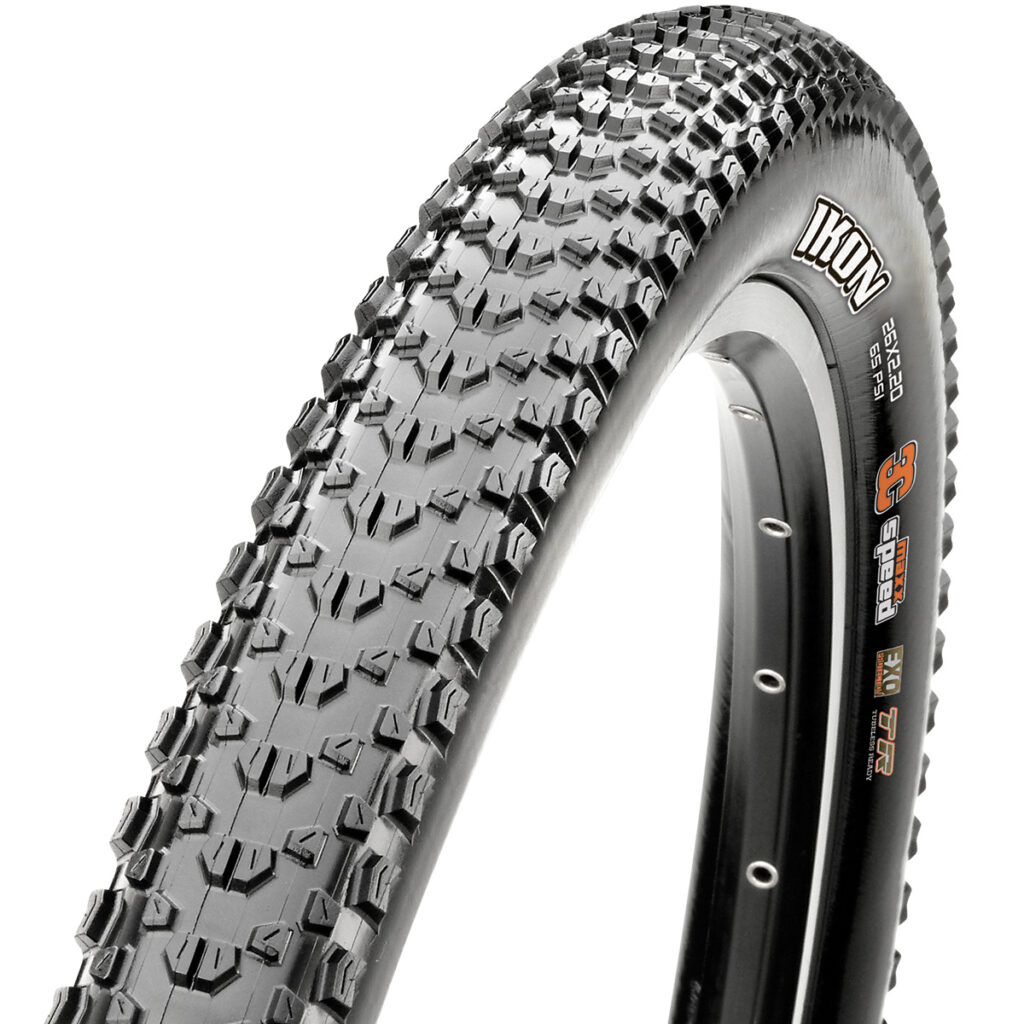
Enhancing Performance and Safety
Seasonal tire choices directly impact your performance and safety on the trails. The right tires not only improve your bike’s handling and efficiency but also protect you from slips, falls, and the frustration of frequent punctures. It’s about finding the right balance between grip, rolling resistance, and durability to suit the season’s challenges.
Top Cross Country Tires for Seasonal Riding
- Spring/Autumn – Wet and Muddy Conditions
- Maxxis Mud Wrestler: Excellent for clearing mud while providing ample grip in slippery conditions.
- Schwalbe Rocket Ron: Offers an aggressive tread pattern for wet conditions, balancing grip and good mud shedding.
- Summer – Dry and Hard-Packed Conditions
- Continental X-King: A versatile tire that rolls fast on dry terrain while still offering sufficient grip for light mud.
- Vittoria Barzo: Designed with a dense tread pattern for low rolling resistance and effective grip on hardpack.
- Winter – Snow and Ice
- Schwalbe Ice Spiker Pro: Studded for ice grip, perfect for maintaining traction in frozen conditions.
- 45NRTH Wrathchild: Offers deep lugs and studs for unparalleled grip on snow and ice, ensuring safety in winter rides.
- All-Season Versatility
- Maxxis Ikon: A great all-rounder with a tread pattern that provides efficiency and traction across a variety of surfaces.
- Specialized Fast Trak: Balances low rolling resistance with effective tread for grip, making it suitable for many conditions.
These tires represent a cross-section of options designed to meet the specific demands of cross-country biking through different seasons. Whether you’re dealing with the mud of spring, the dry trails of summer, or the unpredictable conditions of autumn and winter, choosing the right tire can significantly enhance your riding experience. Remember, the ultimate choice in tires will depend on your specific riding style, local trail conditions, and personal preferences. Experimenting with different tires and setups is part of the journey of becoming a more adept and versatile cyclist.
FAQ
Is 2.35 too wide for XC?
No, 2.35 is not too wide for XC; it offers a good balance of traction and comfort, though preferences vary based on terrain and rider style.
What size tires do XC racers use?
XC racers commonly use tires ranging from 1.9 to 2.25 inches in width, prioritizing a balance between weight, rolling resistance, and traction.
What is the best XC tire for wet conditions?
The Maxxis Mud Wrestler is highly regarded for wet conditions in XC, offering excellent mud shedding and grip.
What is the difference between XC tires and trail tires?
XC tires are typically lighter and have less aggressive tread patterns for speed and efficiency, while trail tires are heavier, with more robust and aggressive treads for better grip and durability on rougher terrain.
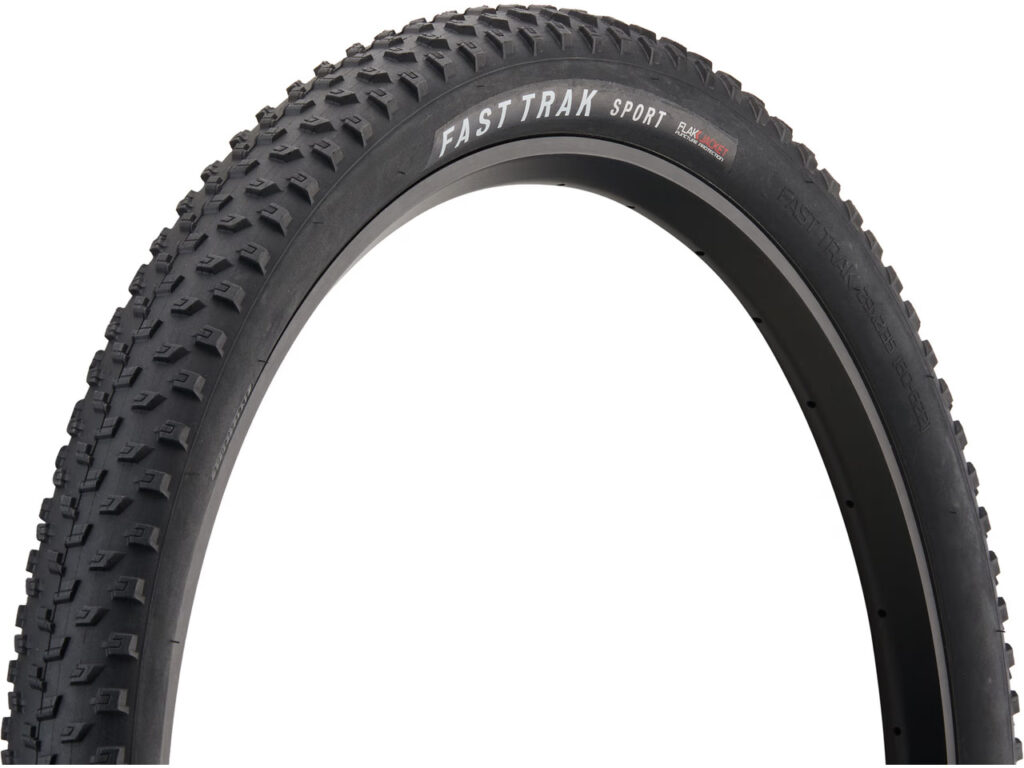
Concluding Thoughts
For cross-country bikers, from beginners to seasoned racers, embracing seasonal tire changes is part of the sport’s dynamic nature. It requires a willingness to adapt and an understanding of how different tires can transform your riding experience. As you gain experience and experiment with various tires, you’ll become adept at choosing the perfect setup for any season, ensuring every ride is as enjoyable and safe as possible. Whether splashing through spring mud, cruising on summer trails, navigating autumn leaves, or braving winter’s chill, the right seasonal tires are your best allies on the trails.
John


